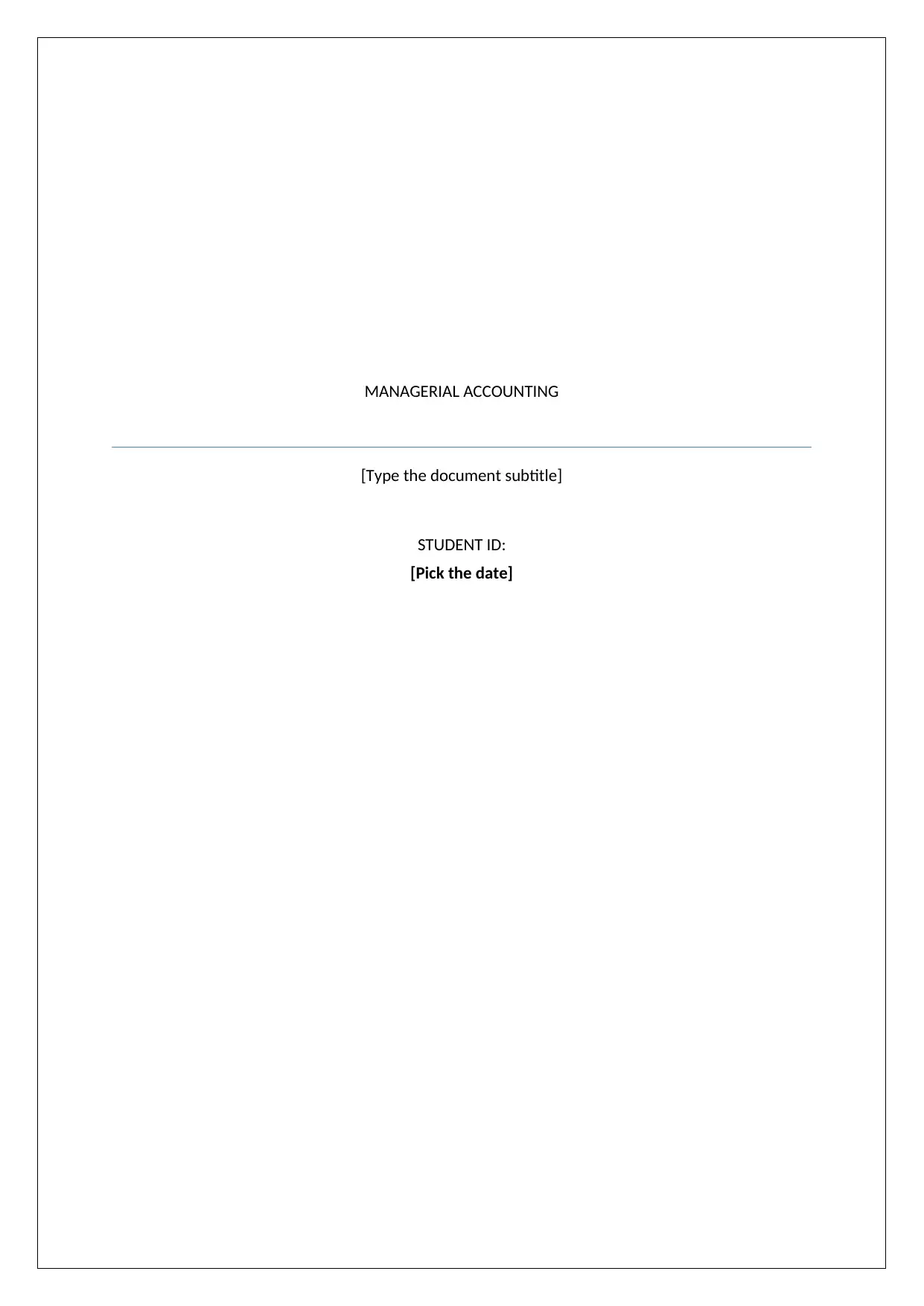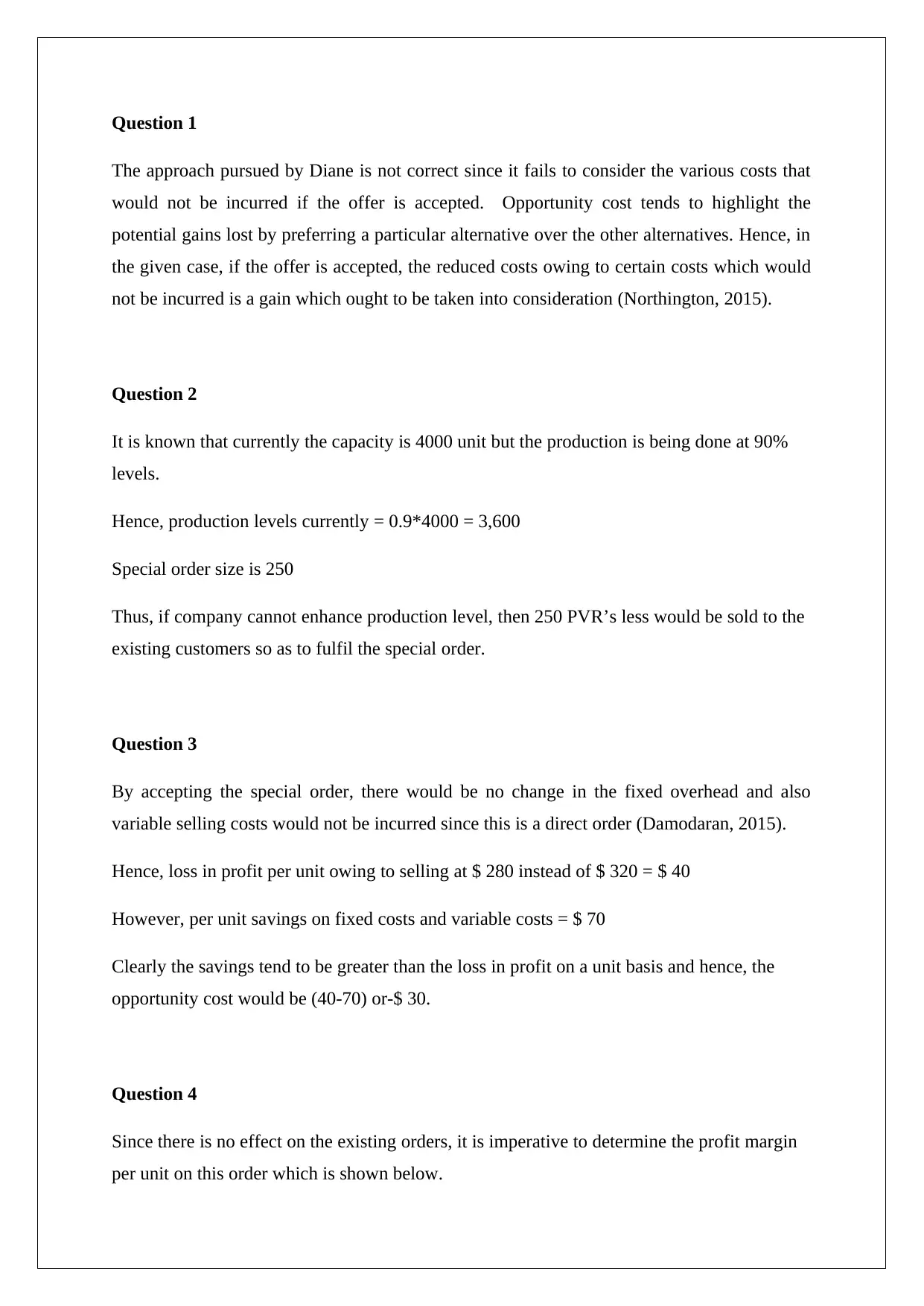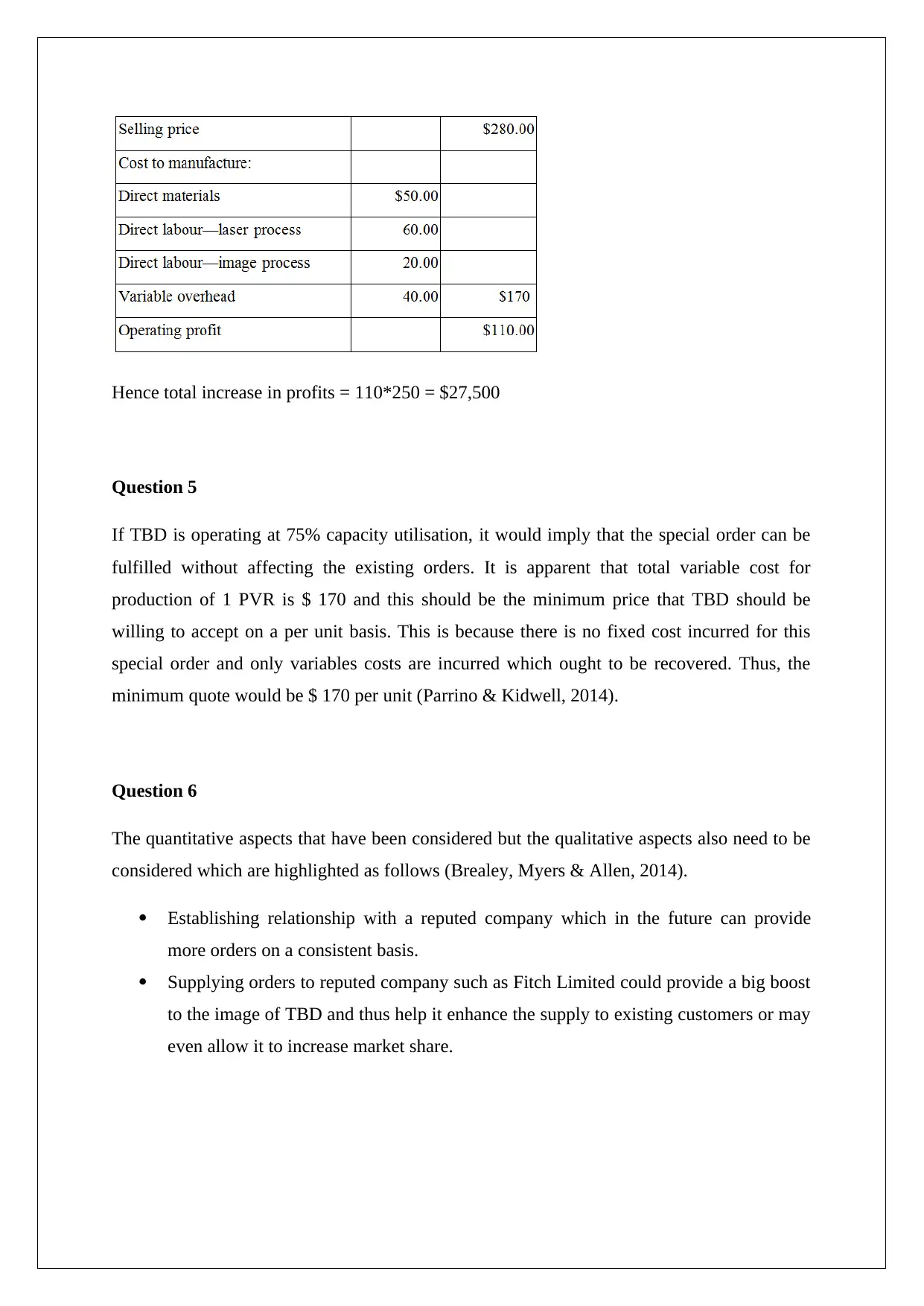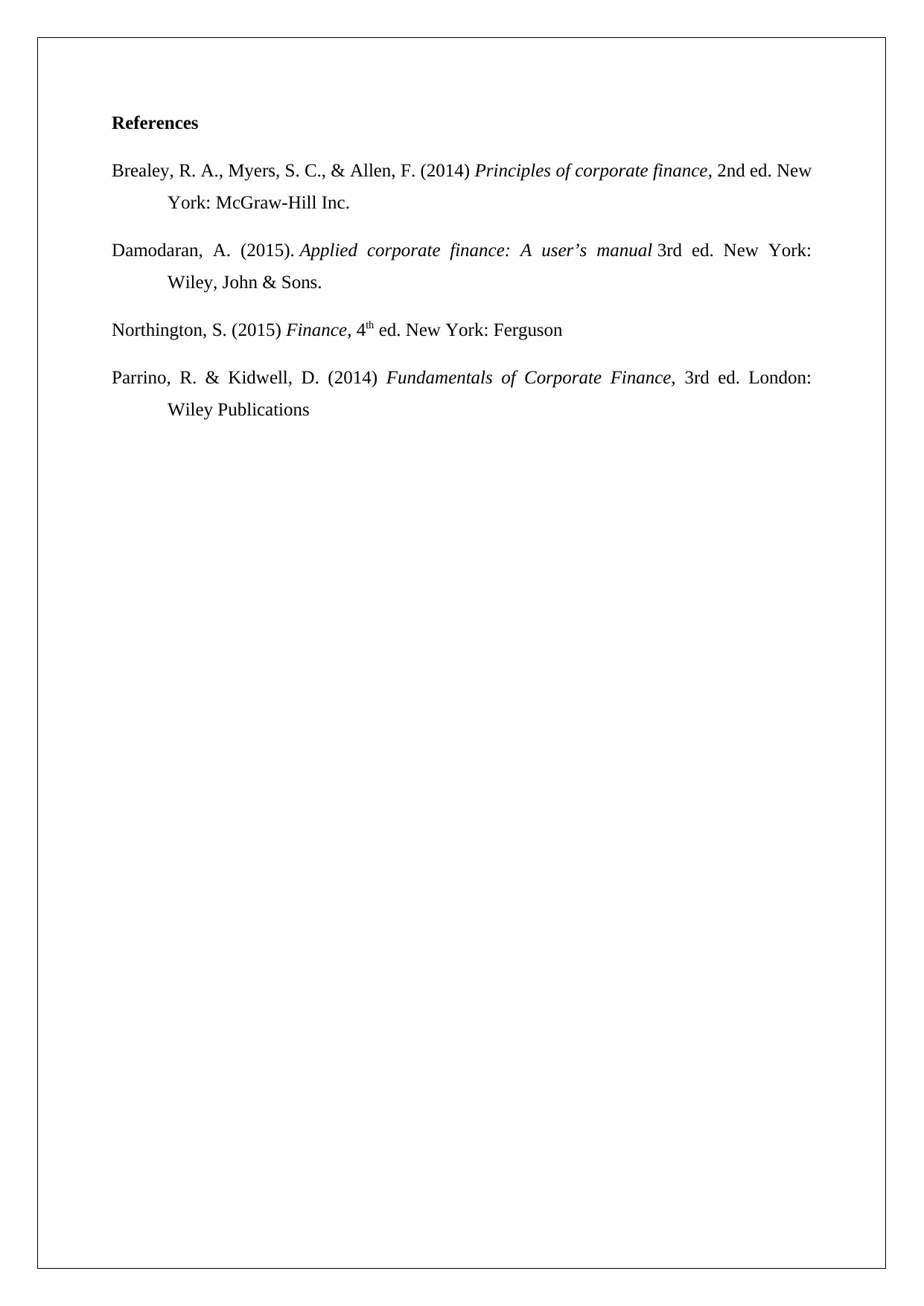BUSI 2083 - Managerial Accounting Case Study: TBD Special Order
VerifiedAdded on 2023/06/08
|4
|617
|298
Case Study
AI Summary
This case study analyzes Tiny Bits Digital (TBD), a company facing a special order decision for its high-definition personal video recorder (PVR). The analysis examines the financial implications of accepting the order, considering factors such as production capacity, opportunity costs, fixed and variable costs, and profit margins. The solution calculates the impact on profitability, taking into account the potential loss in profit per unit due to selling at a lower price and the savings on fixed and variable costs. The analysis also considers the qualitative aspects of the decision, such as establishing relationships with a reputed company and the potential boost to TBD's image. The case study explores different scenarios based on the company's capacity utilization, determining the minimum acceptable price for the special order. The overall objective is to provide a comprehensive understanding of the managerial accounting principles involved in making informed business decisions.
1 out of 4











![[object Object]](/_next/static/media/star-bottom.7253800d.svg)